What Are the 3 Types of Galaxies?
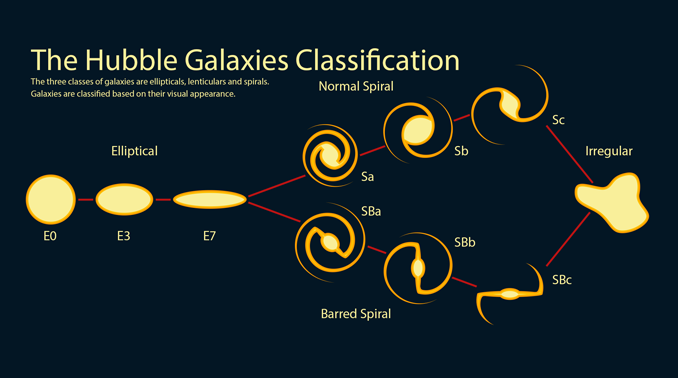
“The Hubble galaxy classification categorizes galaxies based on their visual appearance. Through telescope observation, each galaxy has a specific size, shape, and structure. The morphology that a galaxy has is the essence of the Hubble galaxy classification.”

The 3 types of galaxies are:
- Spirals
- Ellipticals
- Irregular and Lenticular
Galaxies are just large accumulations of stars, planets, and other solar remnants. Astronomers estimate as many as 100 billion galaxies in the expanding universe.
We observe galaxies using the Kepler and Hubble Telescopes. Galaxies are flat because things that rotate flatten out on the rotational access. Let’s see some examples of Edwin Hubble’s galaxy classification scheme.
1. Spiral Galaxy Classification

Two examples of the spiral galaxies are:
- The Milky Way
- The Andromeda Galaxy
MILKY WAY: The entire Milky Way galaxy rotates in a clockwise direction. Its disk contains dust, stars, and gas rotating from a center point. The Milky Way is a flattened disk with spiral arms. The sun that provides heat to our planet belongs to one of the arms in the barred spiral galaxy. According to the Hubble Galaxy classification scheme, the Milky Way is an SBc barred spiral galaxy. Astronomers believe that it’s partway between SBb and SBc.
ANDROMEDA GALAXY: Our nearest neighbor is the Andromeda Galaxy which is a spiral galaxy as well. It’s classified as an SA(s)b galaxy classification.
2. Elliptical galaxy classification

Elliptical galaxies are circular in shape and elongated on a particular axis. The degree of ellipticity varies from E0 (circular) to E7 (elongated).
Elliptical galaxies have a smooth gradient for brightness. Brightness progressively dimmers away from the center of the galaxy.
This bulge of light at the center is a key difference between elliptical galaxies and other types of galaxies.
3. Irregular and lenticular galaxies

Irregular galaxies lack any form of symmetrical structure. They are unlike spiral galaxies because they don’t have distinct rotating arms. They are also unlike elliptical galaxies because they don’t have a definite center bulge.
Irregular galaxies commonly have clouds of dust and cannot be characterized in the Hubble Galaxy Classification system.
Similarly, lenticular galaxies are more of a transitional type of galaxy. They have lost most of their interstellar matter and are not forming stars of their own.
What Are the 3 Types of Galaxies?
In the vast expanse of space, there are hundreds of different galaxies. While many struggle to understand their magnitude and beauty, others are able to see them as they are a beautiful display of life.
These galaxies, with their diverse shapes, sizes, and compositions, serve as cosmic laboratories for astronomers and astrophysicists, offering insights into the universe’s evolution and the existence of countless stars, planets, and mysteries waiting to be explored.
We are always open to comments and questions. Please send us anything you have in the comment form below.

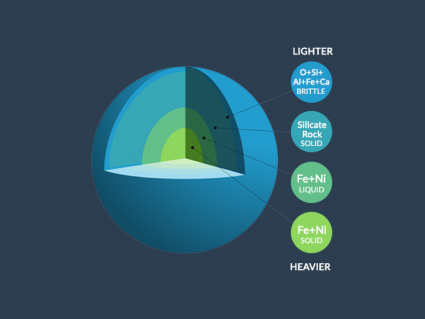
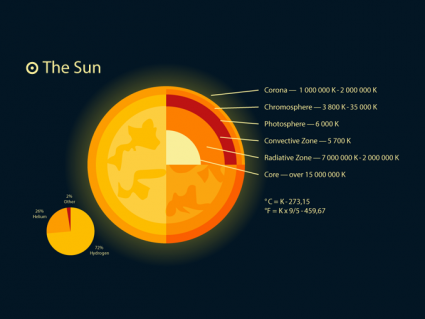

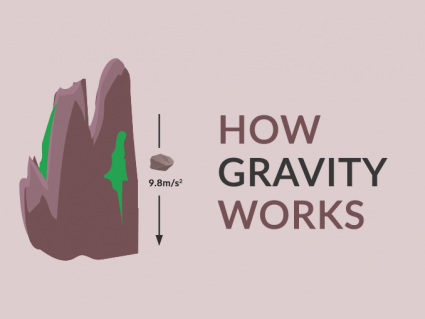

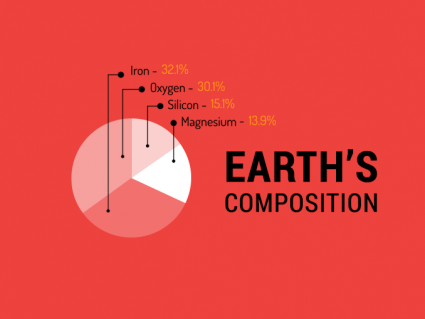
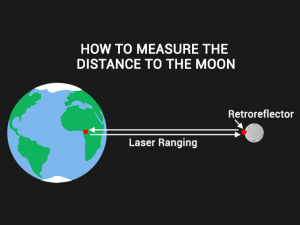
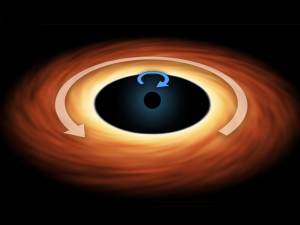
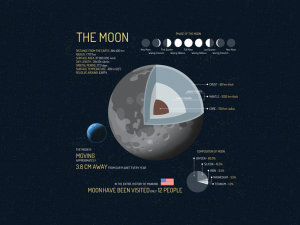
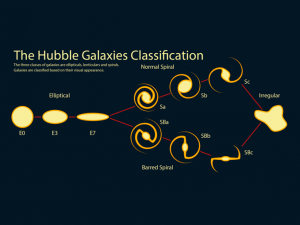
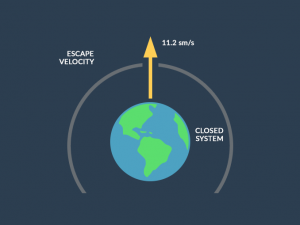
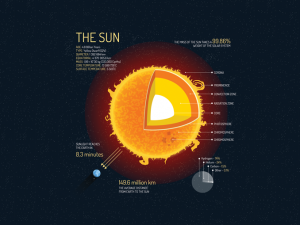
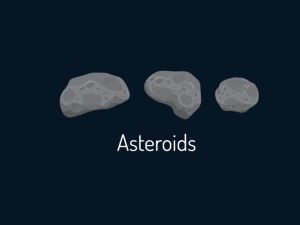
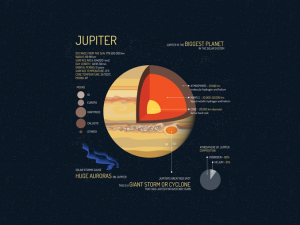
this helped a lot with school
Astronomy is something good